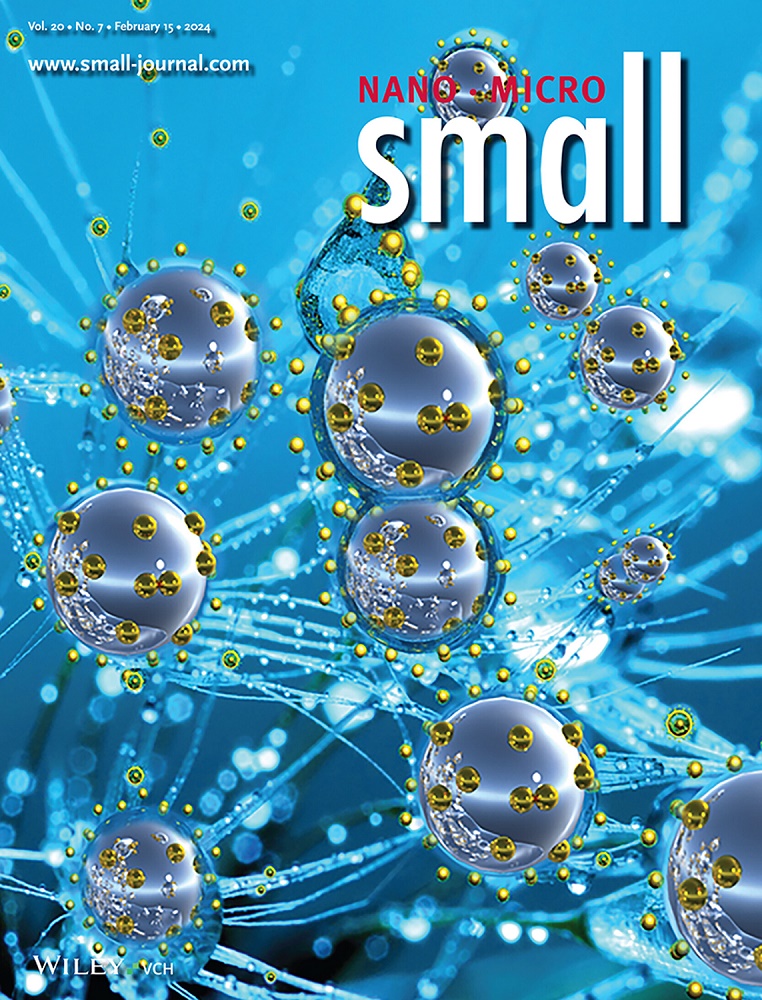共价有机框架空心矩形棱镜实现高性能锂离子硫电池Li2S正极界面结合。
IF 12.1
2区 材料科学
Q1 CHEMISTRY, MULTIDISCIPLINARY
引用次数: 0
摘要
自2002年Dahn等人首次发现Li2S以来,它已经成为一种非常有前途的正极材料,绕过了锂金属在电池结构中的应用。然而,它的实际应用受到几个挑战的极大限制,包括电极组分之间的弱界面相互作用,Li2S的高活化电位,以及缺乏能够在重复充放电循环中有效管理内应力的合适粘合剂。在这项研究中,引入了一种空心矩形棱镜形态的蒽醌基共价有机骨架(OH-AAn-COF)作为Li2S阴极的新型纳米介质。COF的多孔结构富含官能团,促进了电极组分之间的界面结合,在Li2S/Li2S和Li2S/电解质之间建立了坚固的界面桥。这导致了更紧密的界面相互作用,从而降低了Li2S的活化电位,促进了多硫化物的吸附和氧化还原转化,与传统的PVDF粘合剂相比,实现了更快的电化学反应性和更好的循环稳定性。值得注意的是,Li2S@C-OH-AAn-COF//石墨全电池在不含锂金属的情况下运行,表现出卓越的循环性能,在0.5℃下可以实现1000多次循环,超过了大多数报道的锂- s电池系统的性能。本文章由计算机程序翻译,如有差异,请以英文原文为准。
Covalent Organic Framework Hollow Rectangular Prism Enables Interfacial Binding of Li2S Cathode for High-Performance Lithium-Ion Sulfur Battery.
Since its initial discovery by Dahn et al. in 2002, Li2S has emerged as a highly promising cathode material, circumventing the employment of Li metal in battery construction. However, its practical application has been significantly constrained by several challenges, including weak interfacial interactions between electrode components, the high activation potential of Li2S, and the absence of suitable binders capable of effectively managing internal stress during repeated charge-discharge cycles. In this study, an anthraquinone-based covalent organic framework (OH-AAn-COF) with a hollow rectangular prism morphology is introduced as a novel nano-mediator for Li2S cathodes. The porous structure of the COF, enriched with functional groups, facilitates enhanced interfacial binding between electrode components, establishing robust interfacial bridges between Li2S/Li2S and Li2S/electrolyte. This results in more cohesive interfacial interactions, thereby reducing the activation potential of Li2S, promoting the adsorption and redox conversion of polysulfides, and enabling faster electrochemical reactivity and improved cycling stability compared to conventional PVDF binders. Notably, the Li2S@C-OH-AAn-COF//graphite full cell, which operates without lithium metal, demonstrates exceptional cycling performance, achieving over 1000 cycles at 0.5C, surpassing the performances of most reported Li-S battery systems.
求助全文
通过发布文献求助,成功后即可免费获取论文全文。
去求助
来源期刊

Small
工程技术-材料科学:综合
CiteScore
17.70
自引率
3.80%
发文量
1830
审稿时长
2.1 months
期刊介绍:
Small serves as an exceptional platform for both experimental and theoretical studies in fundamental and applied interdisciplinary research at the nano- and microscale. The journal offers a compelling mix of peer-reviewed Research Articles, Reviews, Perspectives, and Comments.
With a remarkable 2022 Journal Impact Factor of 13.3 (Journal Citation Reports from Clarivate Analytics, 2023), Small remains among the top multidisciplinary journals, covering a wide range of topics at the interface of materials science, chemistry, physics, engineering, medicine, and biology.
Small's readership includes biochemists, biologists, biomedical scientists, chemists, engineers, information technologists, materials scientists, physicists, and theoreticians alike.
 求助内容:
求助内容: 应助结果提醒方式:
应助结果提醒方式:


